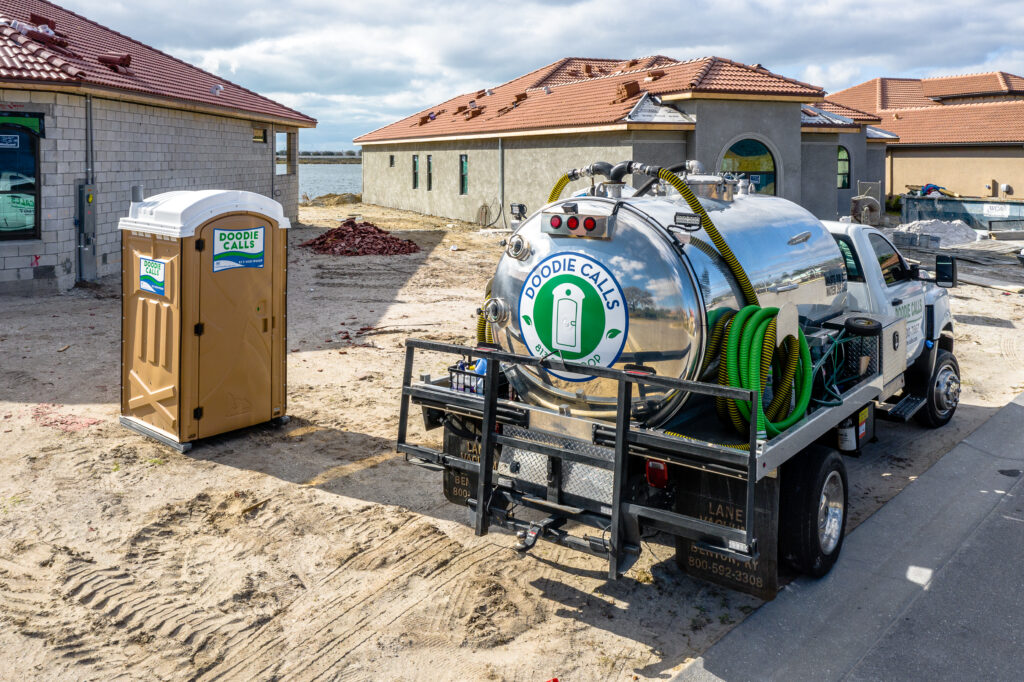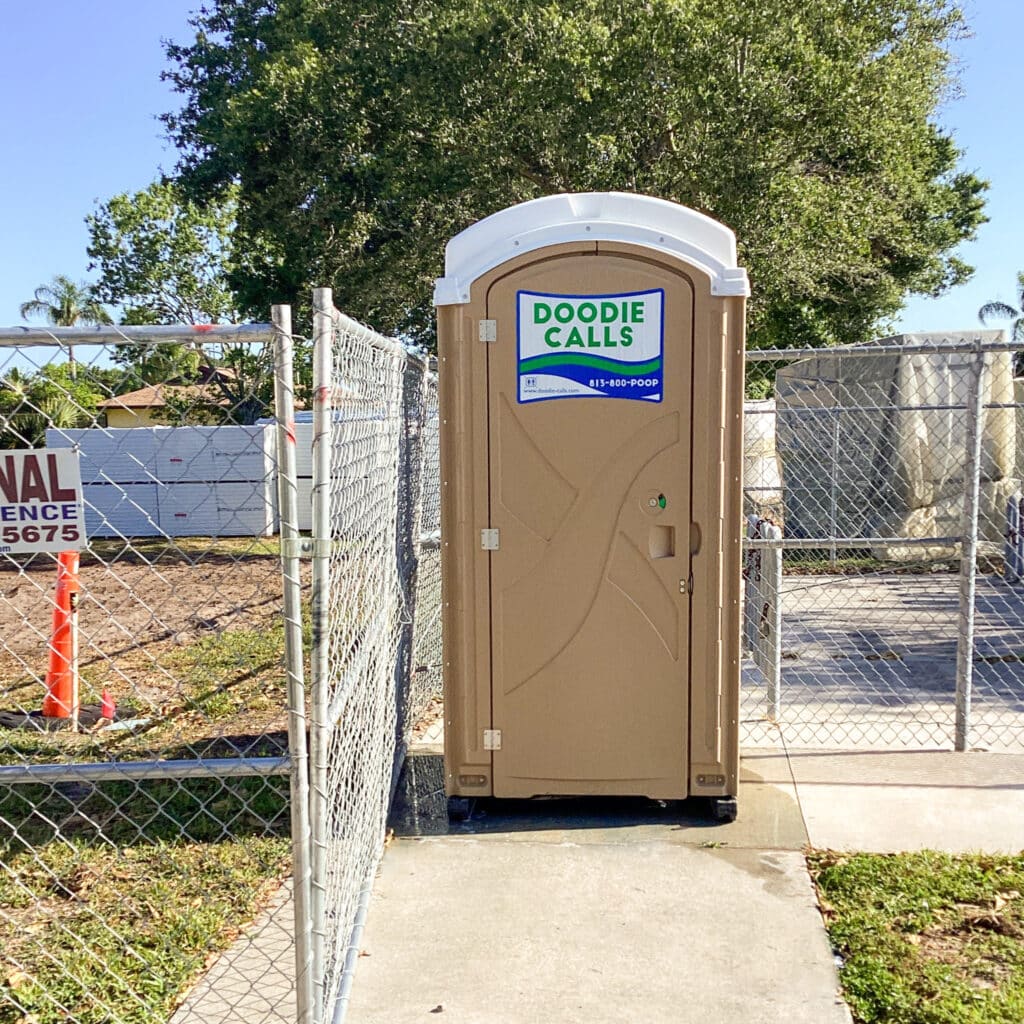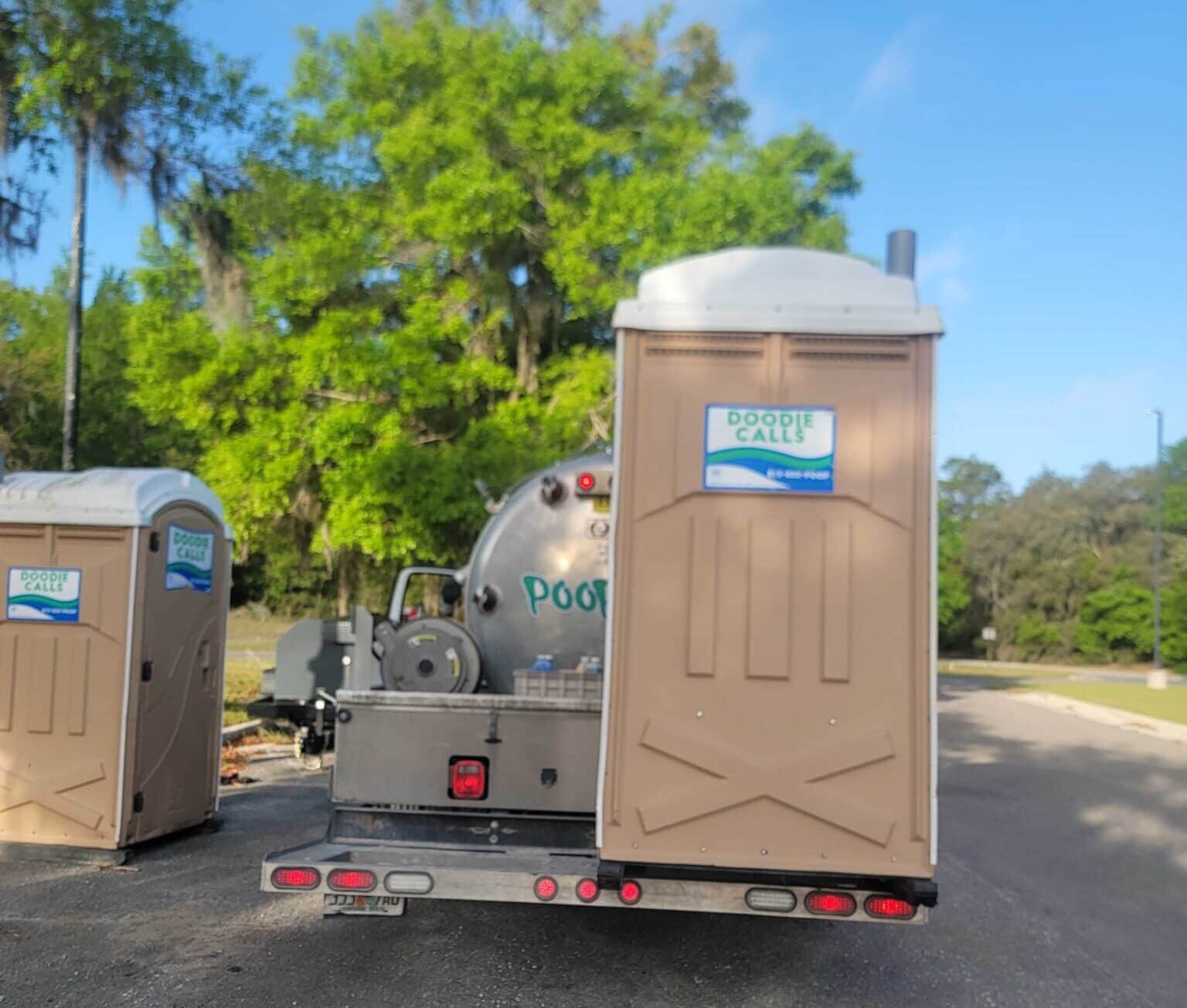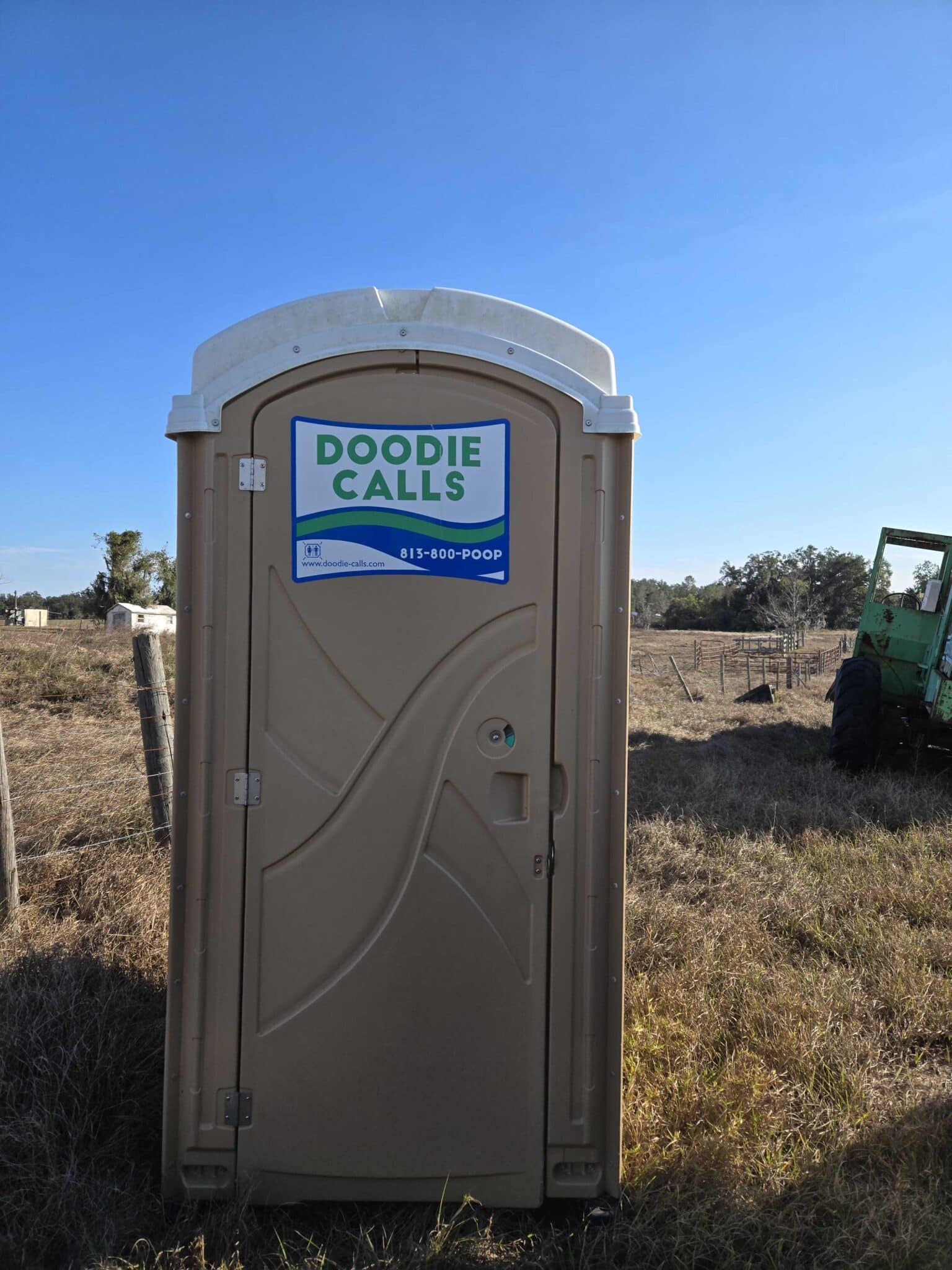To comply with OSHA standards, the resources provided must satisfy particular criteria. So, how can you guarantee that your construction site is doing everything to offer workers what they want while also adhering to regulatory requirements? Continue reading to learn about OSHA regulations for worksite porta-potties.
Who is OSHA?
Congress passed the Occupational Safety and Health Act of 1970 over five decades ago. The goal was to form a unified agency in charge of upholding safety standards and assuring quality across numerous industries in order to safeguard employees, customers, and businesses.
Standards are established and enforced by training, outreach, information, and support. OSHA operates under the jurisdiction of the United States Department of Labor and reports to the Secretary of Labor, which is an integral component of every President’s Administration.
How OSHA & Construction Came About
Because OSHA’s mission is to keep employees safe, they have developed laws and standards on construction sites, as well as the amount and kind of facilities that workers must have.
Prior to OSHA, construction workers and contractors had to be clever in how they responded to nature’s call. Workers would have to improvise and utilize nature’s bushes, trees, or adjacent businesses if there were no official bathrooms on the worksite.
So, one of OSHA’s requirements is that washroom facilities are “easily accessible.” For some building sites in big areas, out in the middle of nowhere, on a highway, or on a lonely road, this means constructing porta-potties directly on the site itself.
In general, employees should be able to locate one within 10 minutes. Toilets aren’t “accessible” if they’re unhygienic. The goal of this regulation is to keep employees from “experiencing undesirable health outcomes and disease” as a result of non-accessible restroom facilities.
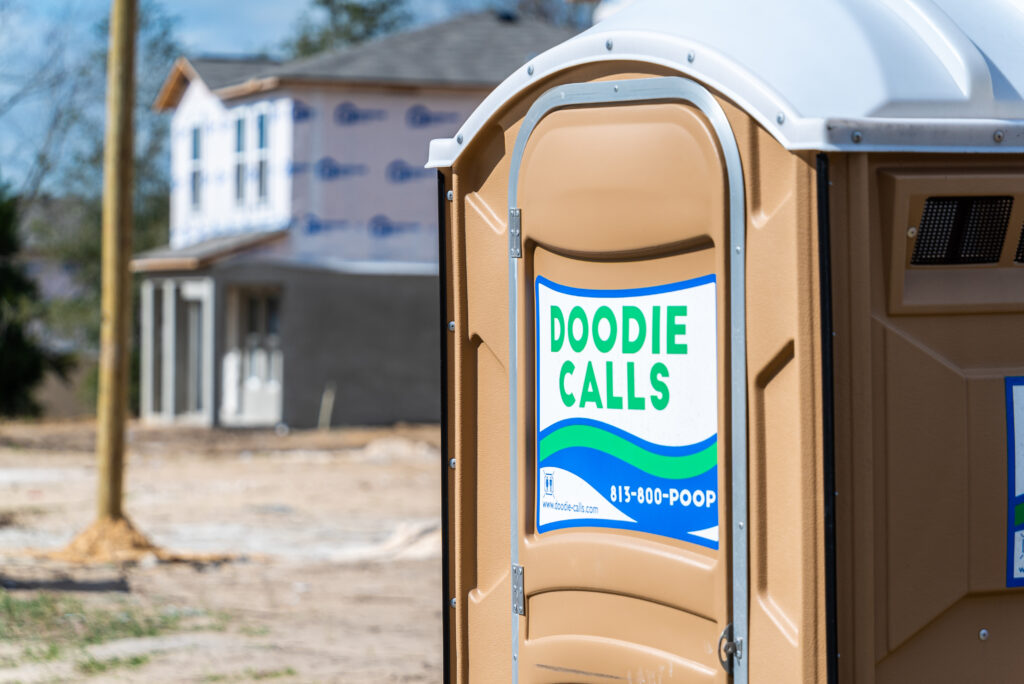
Minimum Requirement for Restroom Facilities
The number fluctuates based on the size of your location and the number of your employees. Having enough facilities to go around will not only keep you in compliance but will also keep your staff happy. Nobody wants huge lines to form, disrupting production. OSHA mandates contractors to supply portable toilets for construction workers in accordance with Standard 1926.51, which states that employers must offer:
| Number Of Employees | Minimum Number of Water Closets |
| 1-15 | 1 |
| 16-35 | 2 |
| 36-55 | 3 |
| 56-80 | 4 |
| 81-110 | 5 |
| 111-150 | 6 |
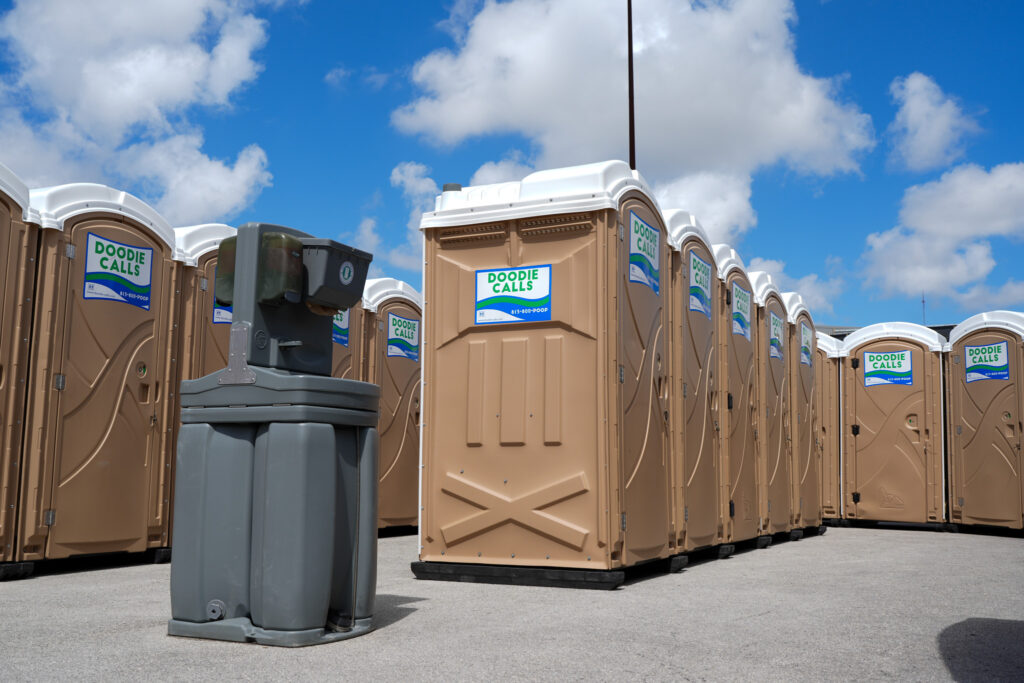
Handwashing Station
The OSHA regulations also mandate that the facilities include a proper handwashing station. An element of safety and health measures is providing appropriate amenities to preserve hygiene. The station must have the following:
- Alternating hot and cold water
- A method for drying hands (paper towel dispenser, air blower)
- Disinfectants or soap
- Written or visual instructions on how to properly wash your hands after handling particular materials, chemicals, or goods should be posted in the facility.
Basic Functions
A building site cannot just hide a bucket behind a curtain and call it a restroom. This criterion refers to the services that the facilities must perform.
- The privacy should be provided through facilities. That is distinct sections with a door and high enough walls to provide isolation.
- The facility should have sufficient ventilation.
- The facility must have appropriate illumination to provide safety and full visibility.
Maintenance Schedule
In addition to the following, a servicing schedule is necessary. You don’t want a porta-potty delivered to your location and not serviced for 5 weeks. These facilities must be kept in good condition. The obligation maybe once or twice a week, depending on how many personnel are on-site and how regularly.
- Keeping toilets clean involves periodic professional cleaning. The requirements request:
- All toilets should be kept clean and in good working order at all times.
- A clear service plan that specifies how frequently the facilities are cleaned.
